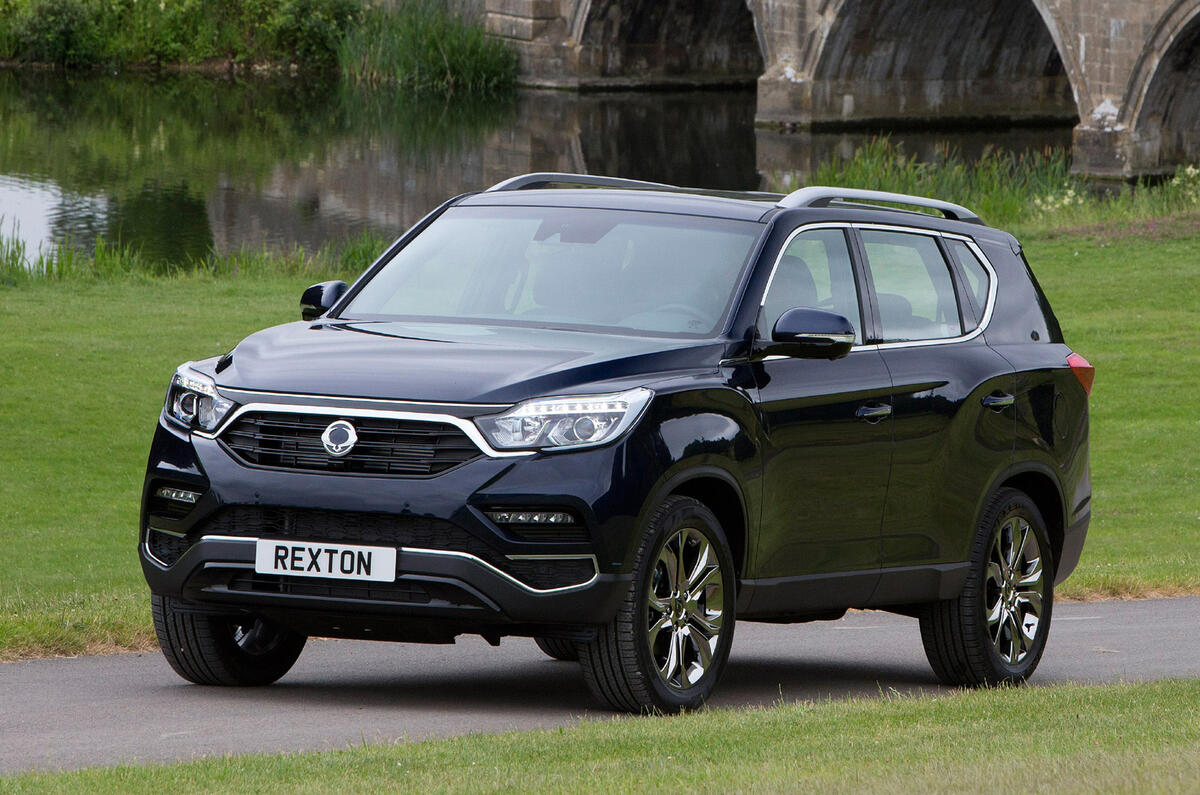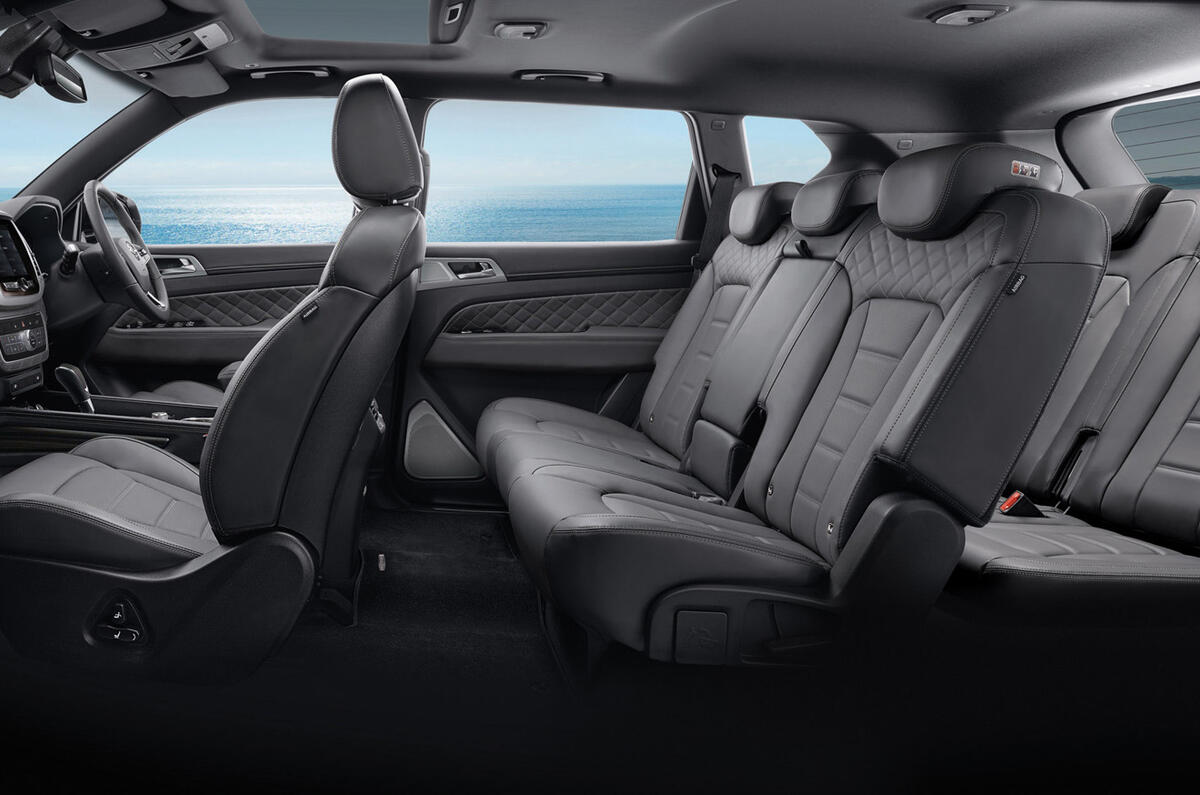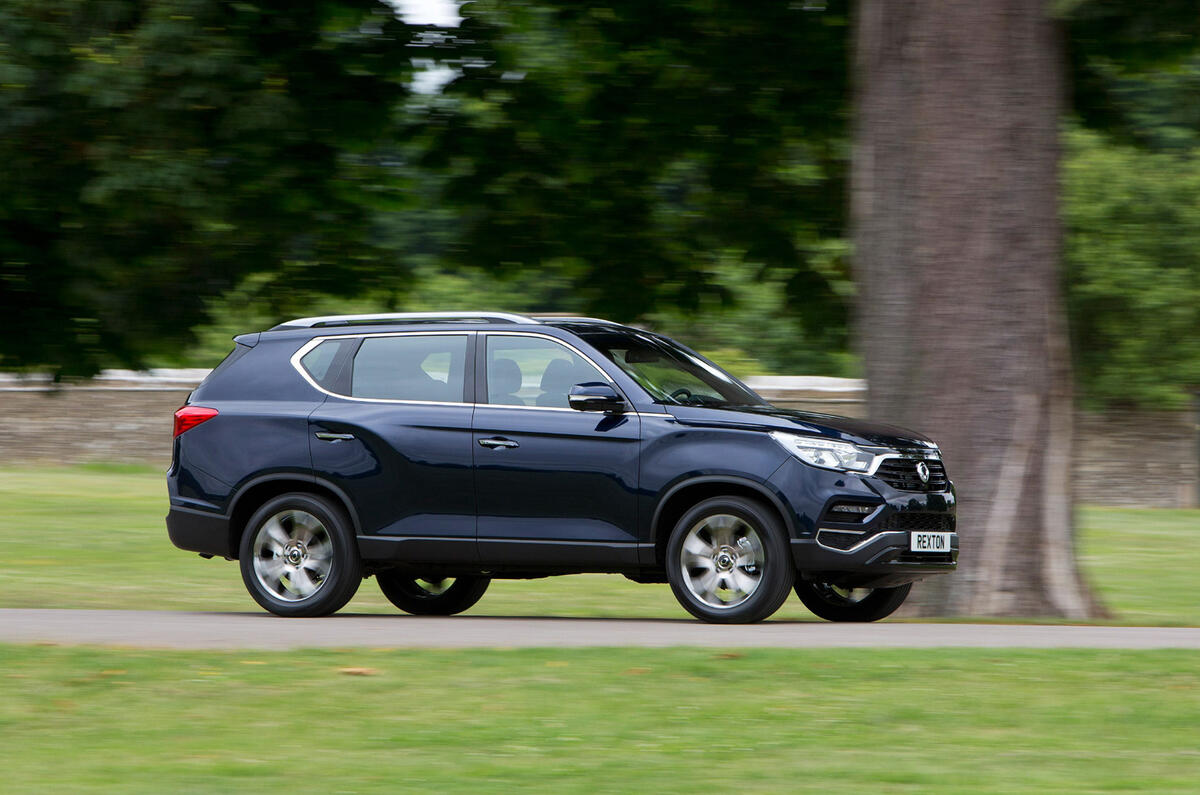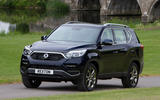This is Ssangyong’s freshly-revised seven-seat SUV. An SUV we first at the 2016 Paris Motor Show in disguised LIV-2 Concept form. It was a design to showcase the development Ssangyong has made from its LIV-1 concept first shown at the 2013 Seoul Motor Show.
But this Range Rover-rivalling SUV (on size anyway) has a greater remit than to better the cars that went before, which were most notably old fashioned, Mercedes motor; while the last generation used a 176bhp 2.2-litre diesel, which remains the same but produces a tiny bit more power than before but its more importantly its efficiency has been improved. As was the case before the Rexton is available with a six-speed manual or a Mercedes-sourced seven-speed auto.
That’s about as far under the skin as the modifications go. The Rexton’s body still sits on ladder frame – the smaller Ssangyong Ssangyong Korando, Ssangyong Tivoli and Tivoli ELX are all monocoques – and, while it defaults to driving the rear wheels for better economy, can still power all four the old fashioned way via a dash mounted dial. Despite being ditched elsewhere in the segment, low-range gearing remains a standard feature.
Is the Ssangyong Rexton a family SUV in the making?
There's no denying that, on the road, the Ssangyong feels a little archaic. The last equivalent body-on-frame car we tested was a decade-old Jeep Grand Cherokee, and the Rexton barely feels a generation removed from it. The uncanny body shimmy, like a jelly fish haphazardly tacked to an oak tabletop, is unmistakable on any surface, at any speed.




















